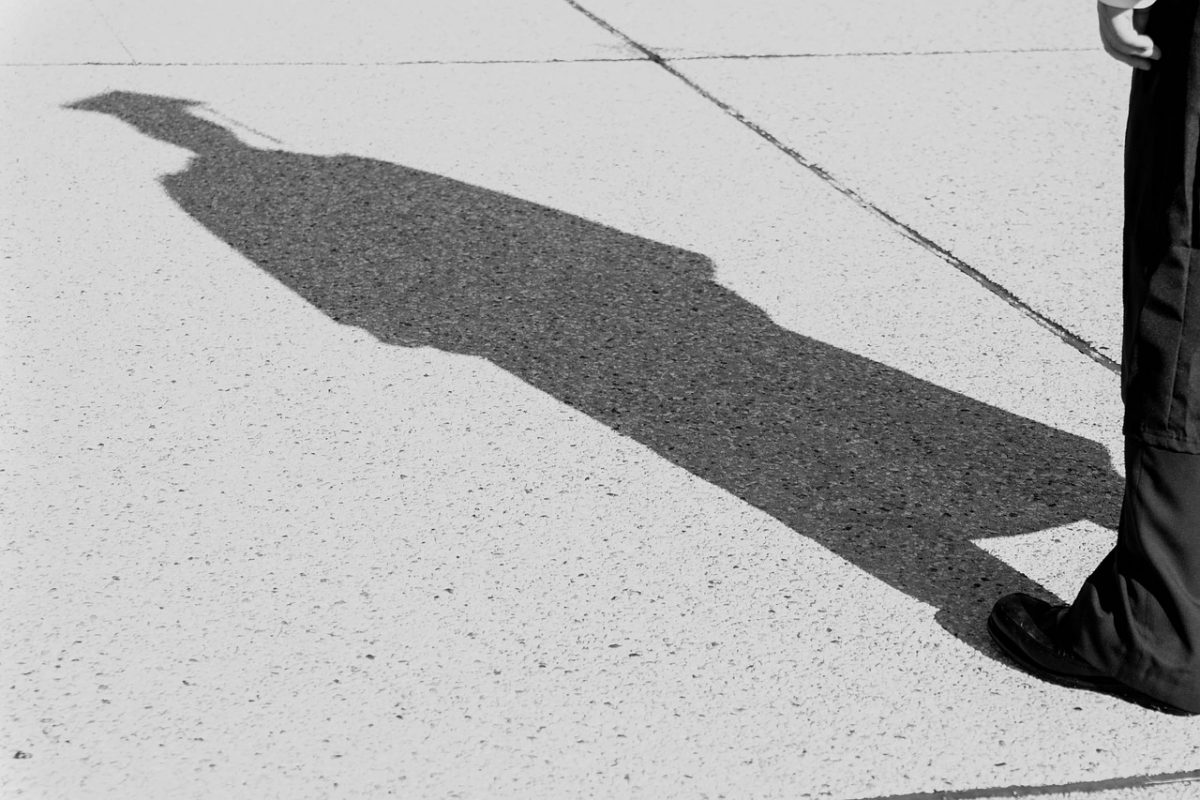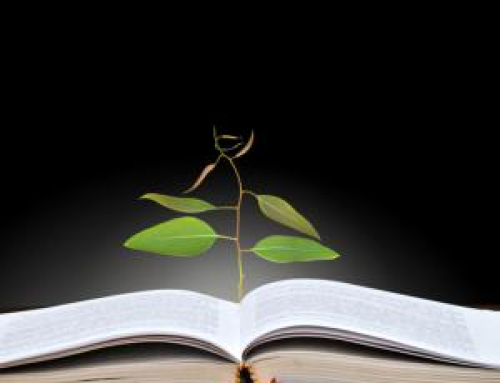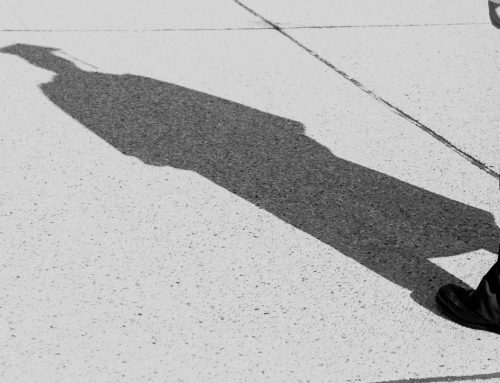Louis LAFUMA soutient sa thèse de doctorat le mercredi 12 février 2025, 14h, Université d’Évry Site Pelvoux, Amphithéâtre Bx30 Yasmina BESTAOUI. . Il s’agit d’une thèse CIFRE préparée au sein du laboratoire IBISC (Université Évry Paris-Saclay) en collaboration avec HoloForge Interactive, département de Asobo Studio. La soutenance de thèse peut être suivie à distance via Zoom: https://univ-evry-fr.zoom.us/j/91734628674?pwd=CYr55jxP1p8zqOkE9f1MQL0Z6agY9u.1
Titre: Feedback multisensoriels pour la manipulation d’objets virtuels en réalité augmentée
Résumé
Lorsque l’être humain manipule les objets qui l’entourent, il sollicite les cinq sens que sont la vue, l’ouïe, le toucher, le goût et l’odorat. En réalité augmentée, il peut être confronté à des objets purement virtuels, pouvant stimuler artificiellement la vue et l’ouïe, et ne pouvant pas, par défaut, stimuler les trois autres sens. Ces lacunes dans la façon qu’à l’utilisateur de percevoir les objets virtuels qui l’entourent rendent la manipulation de ceux-ci difficile, il est donc nécessaire de s’assurer que les cinq sens soient correctement stimulés. On appelle feedback le fait de renvoyer un stimuli à l’organisme une fois que celui-ci a agi sur son environnement. Comprendre le fonctionnement du feedback permet de stimuler correctement les sens de l’utilisateur, et ainsi de permettre de rendre la manipulation plus simple. Nous avons donc au cours de cette thèse mis en place un modèle du feedback, permettant de mieux comprendre les différents éléments qui le composent, ainsi que de créer des feedbacks répondant à nos besoins. Nous avons ensuite utilisé notre modèle pour développer différents prototypes ayant pour but de transmettre notamment les propriétés haptiques des objets manipulés. Nous avons approfondi deux de ces prototypes dans le cadre de protocoles expérimentaux. Le premier a pour but de vérifier l’impact de la représentation de la main sur la manipulation. Le second a pour but d’étudier si il est possible d’induire une sensation de poids sur un objet virtuel.
Composition du jury de thèse/Doctoral thesis jury composition
| Membre du jury | Titre | Lieu d’exercice | Fonction dans le jury |
|---|---|---|---|
| Ferran ARGELAGUET | Chargé de Recherche | INRIA | Rapporteur |
| Tifanie BOUCHARA | Maître de Conférences | Polytech Paris-Saclay | Examinatrice |
| Guillaume BOUYER | Maître de Conférences | ENSIIE | Co-encadrant |
| Jean-Yves DIDIER | Professeur des Universités | Université Évry Paris-Saclay | Directeur de thèse |
| Thierry DUVAL | Professeur des Universités | IMT Atlantique | Examinateur |
| Olivier GOGUEL | CTO | Holoforge Interactive | Co-encadrant |
| Laurent GRISONI | Professeur des Universités | Polytech’Lille | Rapporteur |
Louis LAFUMA defends his doctoral thesis on Wednesday, February 12, 2025, 2pm, University of Évry, Pelvoux Site, Amphitheater Bx30 Yasmina BESTAOUI. This is a CIFRE thesis prepared within the IBISC laboratory (Université Évry Paris-Saclay) in collaboration with HoloForge Interactive, a department of Asobo Studio. The thesis defence can be followed remotely via Zoom: https://univ-evry-fr.zoom.us/j/91734628674?pwd=CYr55jxP1p8zqOkE9f1MQL0Z6agY9u.1
Title : Multisensory feedback for virtual object manipulation in augmented reality
Abstract
- Date: mercredi 12/02/2025, 14h
- Lieu: Université d’Évry, Site Pelvoux, Amphithéâtre Bx30 Yasmina BESTAOUI, UFR-ST, 36 rue du Pelvoux, 91080 EVRY-COURCOURONNES
- Zoom: https://univ-evry-fr.zoom.us/j/91734628674?pwd=CYr55jxP1p8zqOkE9f1MQL0Z6agY9u.1
- Doctorant : Louis LAFUMA (Université d’Évry, Université Paris Saclay, IBISC équipe IRA2)
- Directeur de thèse: Jean-Yves DIDIER (PR Univ. d’Évry, IBISC équipe IRA2)
- Co-encadrants de thèse : Guillaume BOUYER (MCF ENSIIE, IBISC équipe IRA2), Olivier GOGUEL (CTO Holoforge Interactive)
- Le document de thèse est disponible sur HAL




